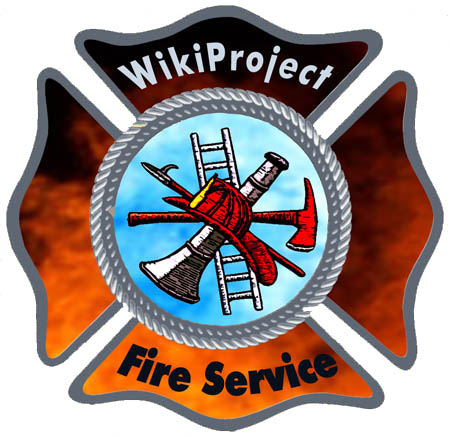A few weeks back, my friend and neighbor Gary Osgood
explained Wikipedia’s vetting process; I had only the notion – from mainstream media – that whoever posted last posted loudest.
[singlepic=46,320,240,,] From Wikipedia’s Firefighting Page.
Turns out that the peer-reviewed and featured pieces have been subject to pretty vigorous editing and fact-checking. It’s a small percentage, that are fully vetted, but the number that have useful starting points. As Gary points out in his Wikipedia user profile,
As overwhelming [as] the dreck
may be in Wikipedia, one can still type that word into Wikipedia’s search box and get an answer that stumbles toward the truth, leaving the reader with at least a little clue. That small miracle still happens more often that not.
And often there’s a bit of redundancy – for instance, two entries on Prospect Park, both good – Gary has contributed to one, and is the principal contributor to the entry on Aymar Embury II.
I hadn’t realized until today the extent and number of the firefighting resources. Here’s a sample from the excellent entry on Palm Beach, Florida’s emergency responders:
In 2004 the County Commission approved a resolution allowing for funding for the Fire-Rescue Communications Center to come out of the General Fund instead of the Fire-Rescue budget. This change meant that now any city that wanted to be dispatched by Fire-Rescue could do so without having to negotiate a price and a contract, since all taxpayers were paying for it anyway. The concept behind this was to create a “Regionalized Dispatch Center” where the closest unit could be dispatched to a call, regardless of municipal boundaries. This was initially met with opposition from a few cities, citing that this construed “Double Taxation”, as they were already providing dispatch services to their own departments yet their citizens were being taxed for the Countywide system. Recently, more and more cities are coming into the new system.
This is typical of the entry: concise, and addresses to complex logistical issues, how the political process addresses and resolves the problem. The principal drafter of the entry is, it appears, an active serving member of the PBCFR, has also provided the entry “Quint (fire apparatus),” which is a type of “apparatus that serves the dual purpose of an engine and a ladder truck.”
There’s much more on this and related subject in Wikipedia – and I’ll try to point them out in future posts.  wpfslogo.jpg
wpfslogo.jpg
If you’d like a good starting point – it might be at The Wiki Project:FireService.